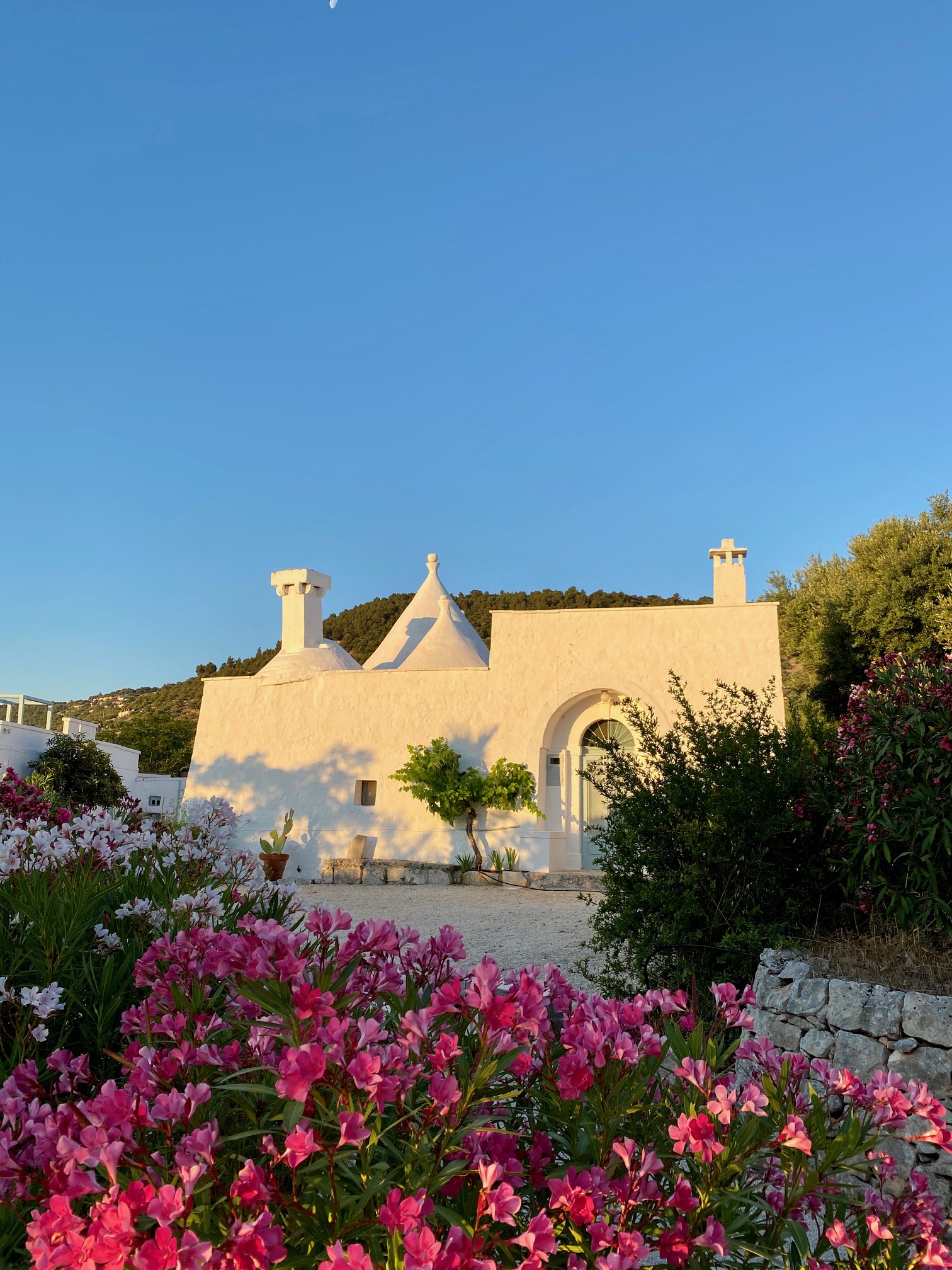fiancoafianco.eu/region/trullipuglia
Trulli, traditional dry-stone huts with conical roofs, have been an integral part of the Puglia region for hundreds of years, with some surviving examples dating back to the 16th century. Originally constructed as temporary accommodation, trulli were built to be easily dismantled and rebuilt as needed. This was a clever tactic to avoid property tax collectors who would come to town for inspections. Imagine their surprise when they arrived in towns like Locorotondo, Alberobello or Fasano, only to find mounds of rubble instead of houses! However, as soon as the inspectors left, the trulli would magically reappear, and locals would move back in.
Trulli, the traditional dry stone huts with conical limestone-tiled roofs, have been around for centuries in the southern Italian region of Puglia. These remarkable structures were built using a prehistoric mortarless building technique, and their thick white-painted stone walls provided coolness in summer and warmth in winter. The roofs were often adorned with decorative symbols, such as an evil eye or a cross. Trulli were typically used as temporary field shelters or storehouses by small-scale landowners or agricultural labourers, but some were permanent dwellings. Although trulli can be found throughout the Itria Valley, the town of Alberobello boasts the highest concentration and best-preserved examples of this unique architectural form, with over 1500 structures in the quarters of Rione Monti and Aja Piccola. The property, comprising six land parcels spread over 11 hectares, includes two districts of the city and four specific locations, such as Casa d’Amore and Trullo Sovrano. The persistence of traditional building techniques, together with the fact that trulli are still inhabited, makes this property an exceptional Historic Urban Landscape.

